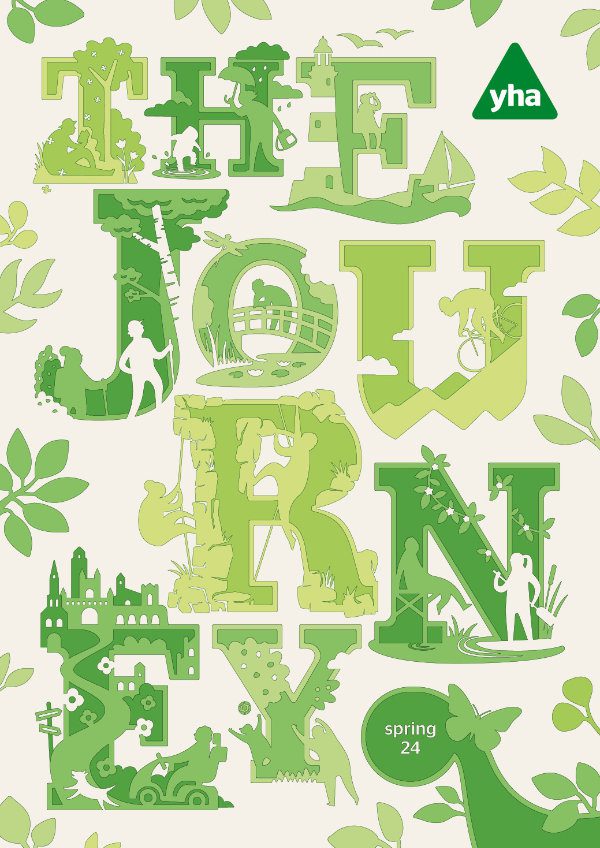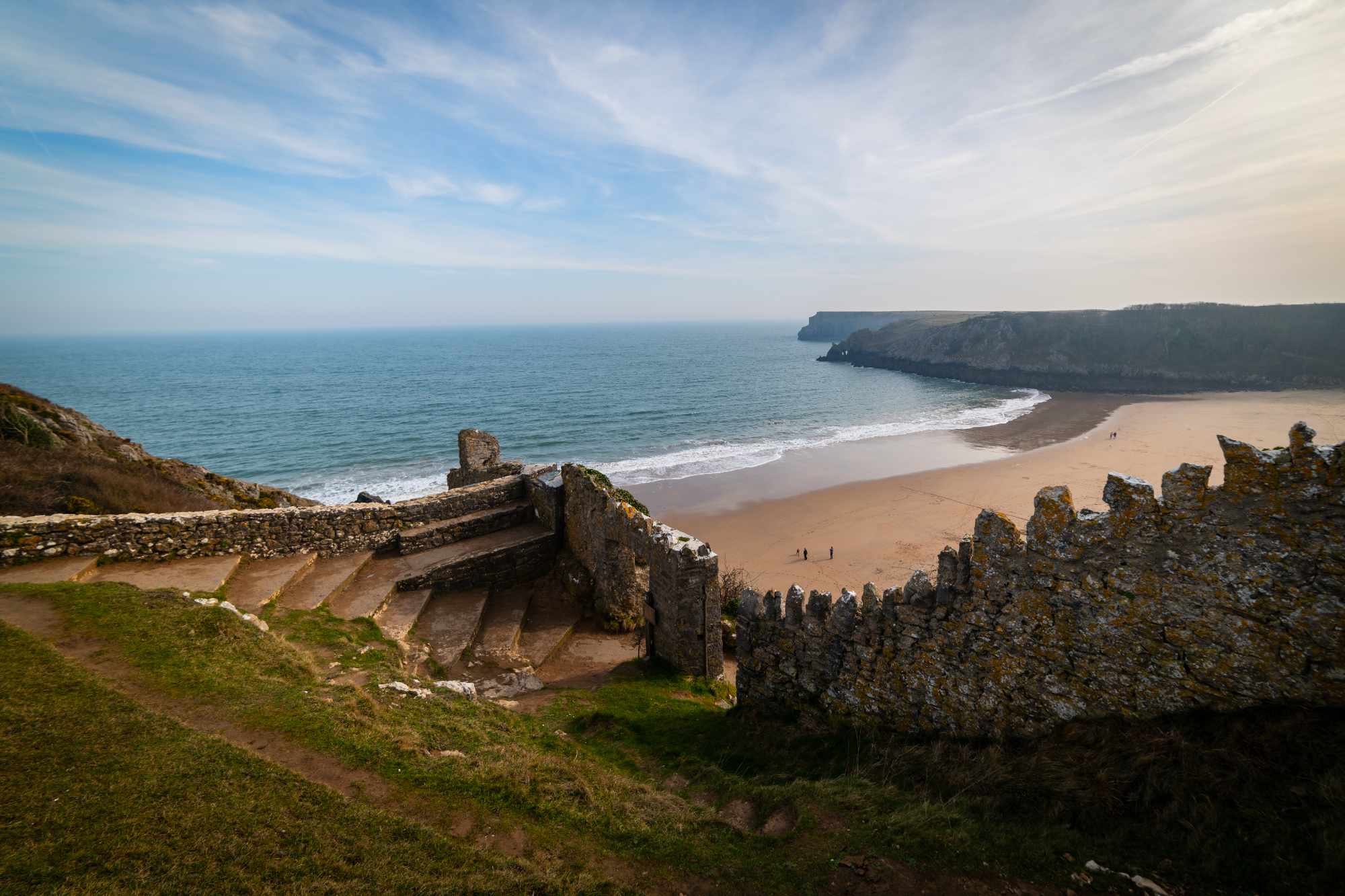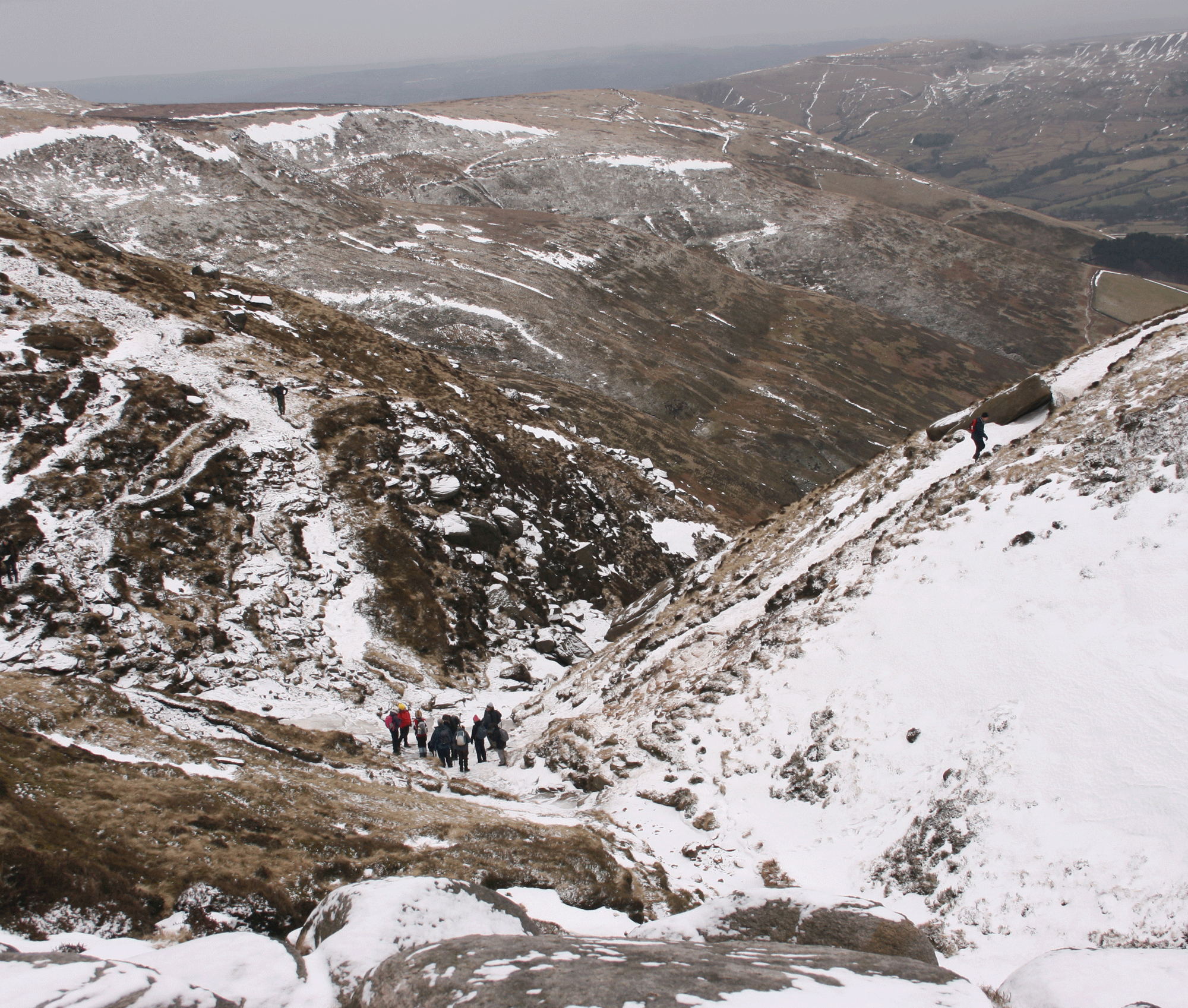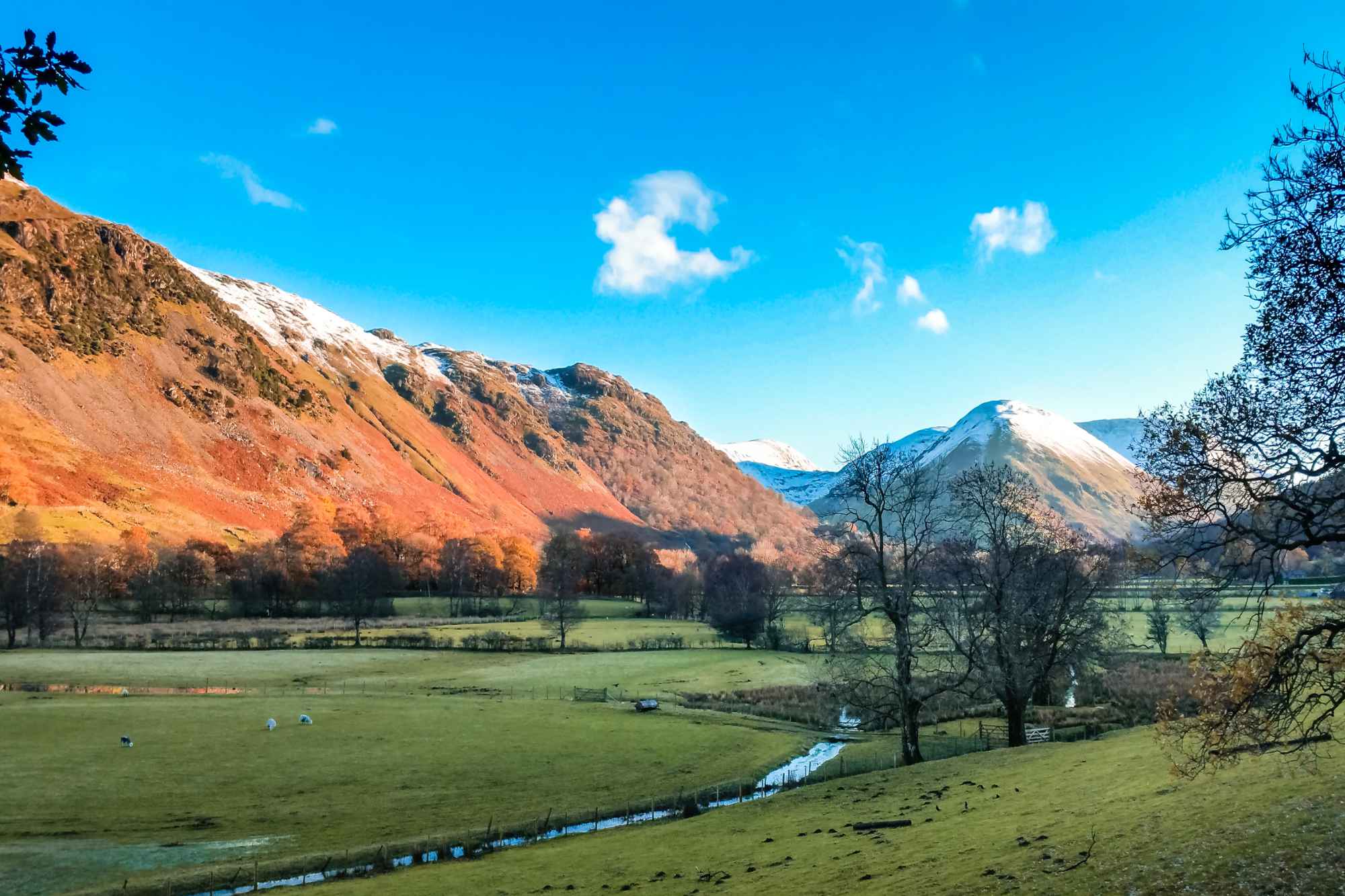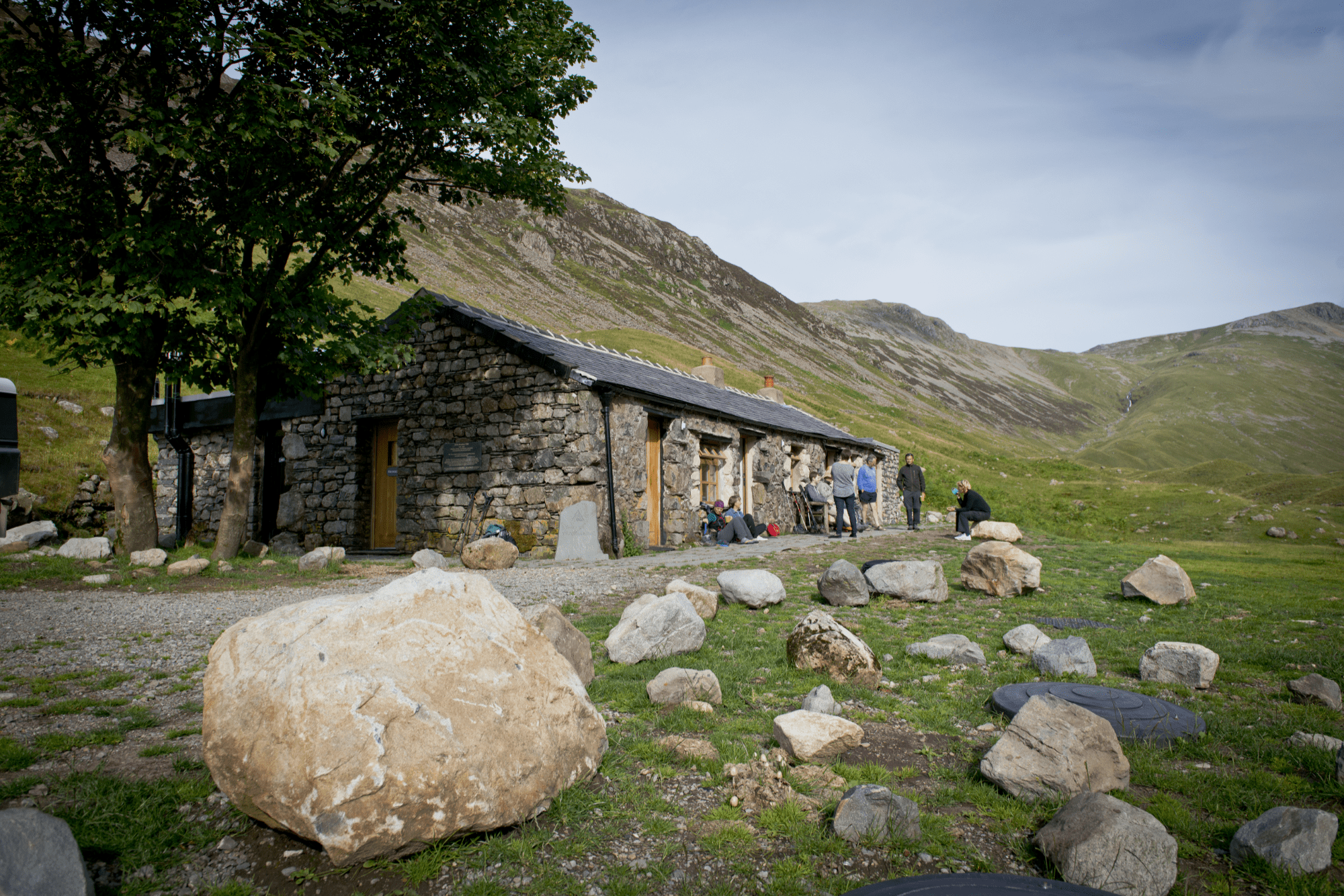Just before the quarter hour people gather expectantly near the cathedral’s mighty strainer arches and gaze up at the burnished face of the ancient astronomical clock. As it chimes, jousting knights come galloping out. One knocks another flat with his lance. On the next round he does it again … and again. The joust over, they disappear back inside … until the next quarter. Poor beleaguered little knight — he’s been knocked over like this for more than 600 years.
The clock is just one of many wonderful things to discover in the city of Wells, in Somerset. In the cathedral itself they include a vaulted chapter house, sun-dappled cloisters, a chained library, stained glass windows remade from glass destroyed in the Reformation, and the aforementioned arches that support the central tower. They resemble open scissors, a feat of medieval structural engineering so modern-looking that many visitors assume they have been added recently. There are also quirky details to spot, such as a carving of a man suffering agonies from toothache.
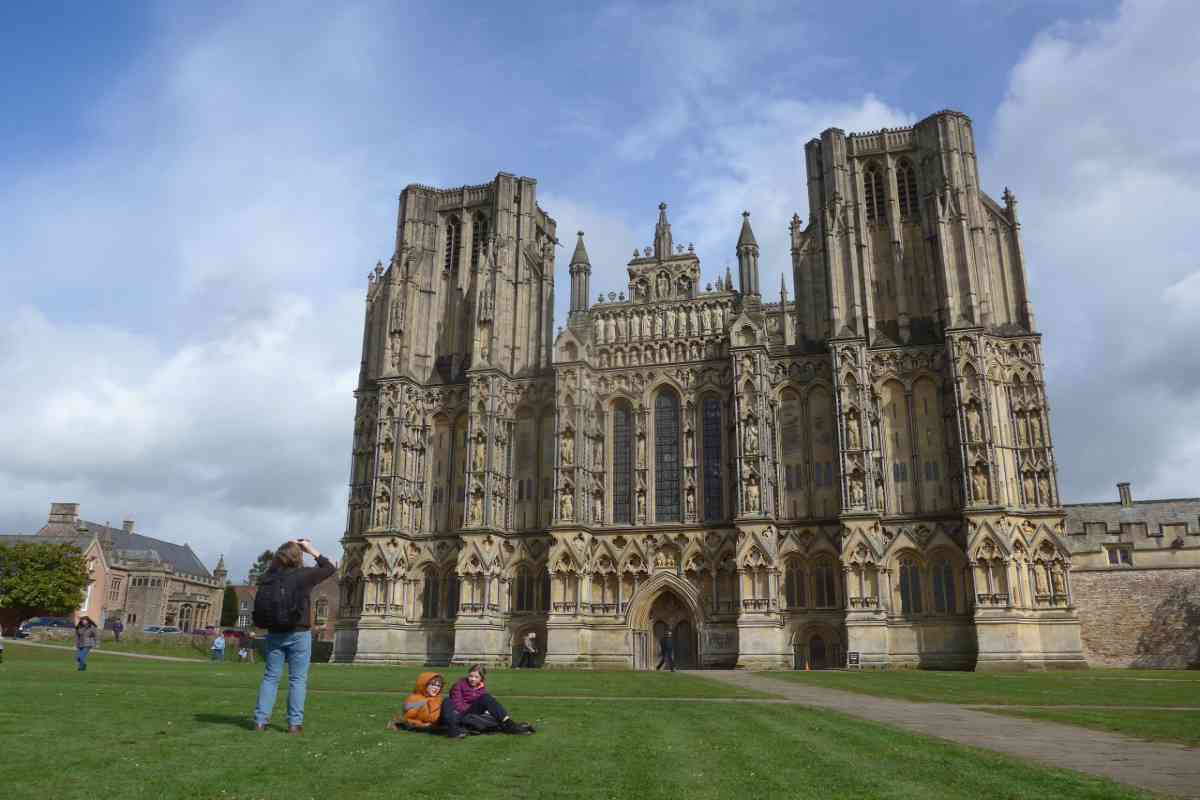
Next door is The Bishop’s Palace, which has a tranquil moat where swans ring a bell to be fed, and nearby is Vicars’ Close. This may be the oldest surviving residential street in Europe, with massive chimneys and cobbles covered with mind-your-own business. A short walk away, the medieval church of St Cuthbert’s contains a unique ceiling of colourful painted wooden angels. After marvelling at these treasures we walked out into shimmering fields of winter wheat for a distant view of Glastonbury Tor rising up from the willow-lined Somerset Levels.
Wells is nine miles from YHA Cheddar, where we spent a week over Easter. The hostel makes a good base to explore Somerset, with lots to do within a 20 mile radius. It is a comfortable Victorian house tucked behind the primary school, with a quiet walled garden that proved perfect for an Easter Egg hunt. It’s five minutes from food shops and an Aladdin’s cave of a haberdasher called Time for You and Your Hobbies, a great resource for rainy day craft activities.

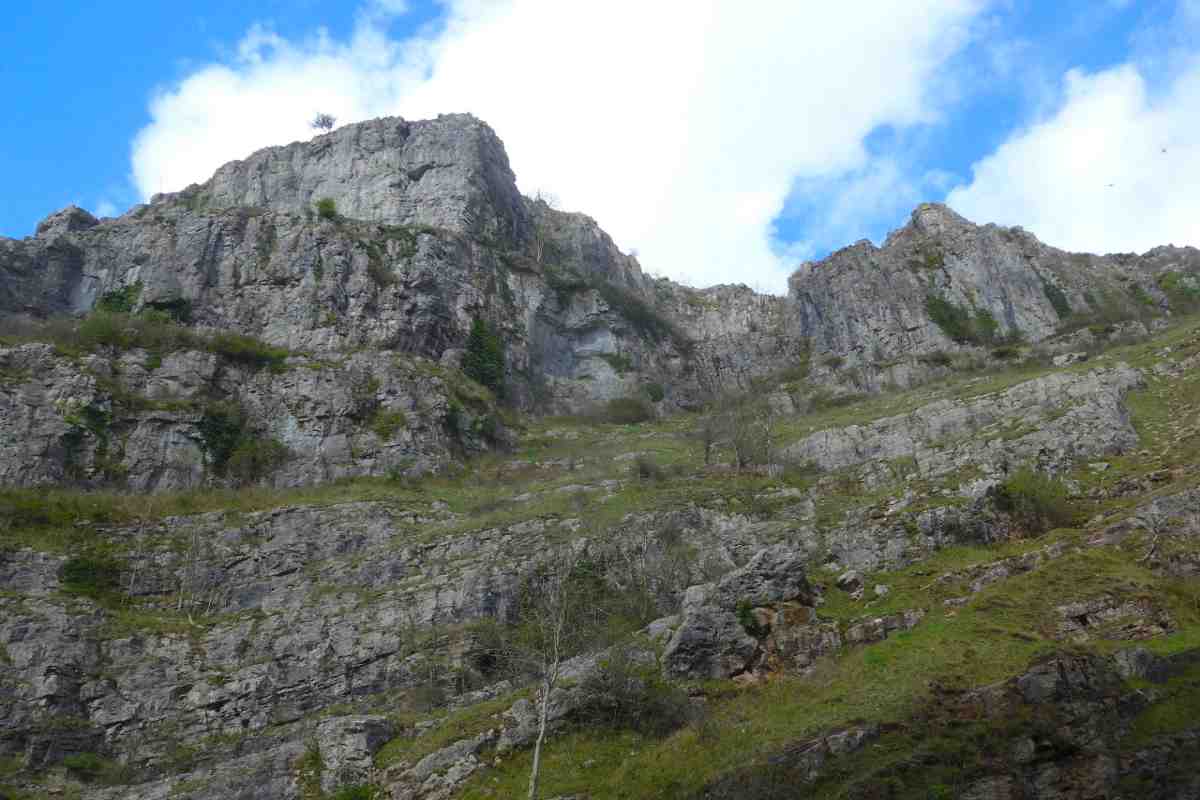
The most obvious thing to do in Cheddar is to visit the famous caves, but as some of us suffer from claustrophobia we gave them a miss and instead hiked around the top of the gorge. The route is about three miles long and it’s quite steep and rocky underfoot. But it provided great views of this extraordinary geological feature, carved out of limestone by the glacial meltwaters of the last Ice Age. One side of the gorge is National Trust land while the other is privately owned, but it is possible to walk all the way around it on public paths, free of charge. For detailed information about local walks it’s a good idea to pop in to the helpful volunteer-run Visitor Information Centre, in the gorge opposite Lion Rock.
The area’s famous products include cider, Cheddar cheese, which was originally aged in the caves, and — once upon a time — strawberries. These were transported from farms on the sheltered slopes of the Mendips to London by train. The now disused railway has been turned into a 10-mile-long traffic free path for pedestrians and cyclists: the Strawberry Line. We walked along it past Cheddar Reservoir to Axbridge, a picturesque town with a museum housed in King John’s Hunting Lodge, an oak-framed building with low ceilings and sloping floors rather like an old ship. Its eclectic exhibits include ‘1,000 Years of Horseshoes’, and a fascinating display of documents rescued from the old Axbridge workhouse when it was turned into flats, including detailed diet sheets for the inmates and the job descriptions of the people who worked there. There’s also a town trail taking in many unusual buildings.
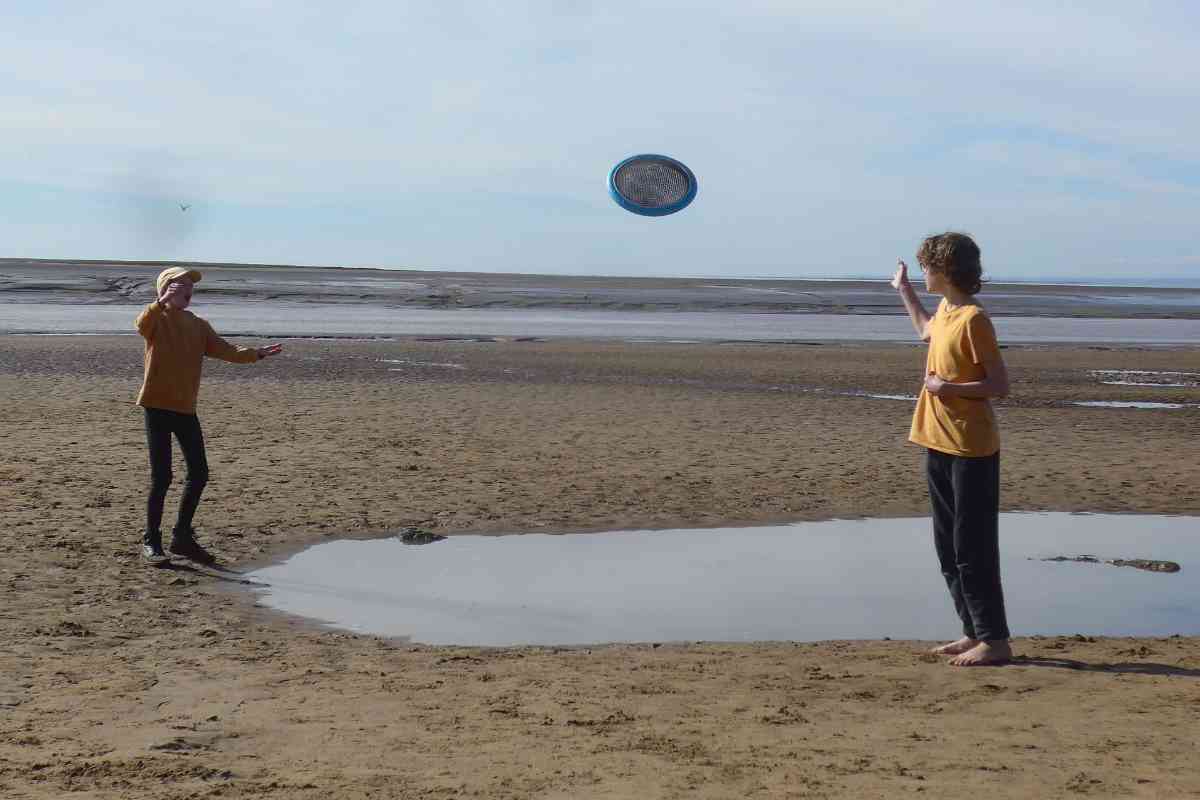

Glastonbury is known for its music festival, but it’s an interesting town to explore at other times of year. Shop windows display esoteric wares: crystals, dream-catchers, Alice in Wonderland tableaux … while the Somerset Rural Life Museum showcases such down-to-earth pursuits as cider-making and basket-weaving. Powered by gigantic vegan sausage rolls from Burns the Bread, we took the steep route up the windy Tor to the little remnant of church at the top.
At Burnham-on Sea we spent a day at the beach playing cricket and frisbee. The long terrace of steps sheltered by the sea wall is a good spot for a picnic. The sea can’t be seen at low tide and visitors have to take care on the mud flats beyond the closest stretch of sand; during our visit lifeguards made regular announcements warning of ‘fast currents, soft sand, and sinking mud’. There is another excellent volunteer-run Visitor Information Centre on the promenade here.
A GPS error, which we decided to embrace in the spirit of random travel, took us to Tyntesfield, a house owned by the National Trust. It’s a Gothic Revival mansion created in 1863 by William Gibbs using a fortune accrued from importing guano (nitrate-rich seabird droppings) from islands off Peru, for use as fertiliser. We liked the walled kitchen garden with its restored orangery and masses of tulips, and the playground featuring wooden sculptures of slugs and snails.
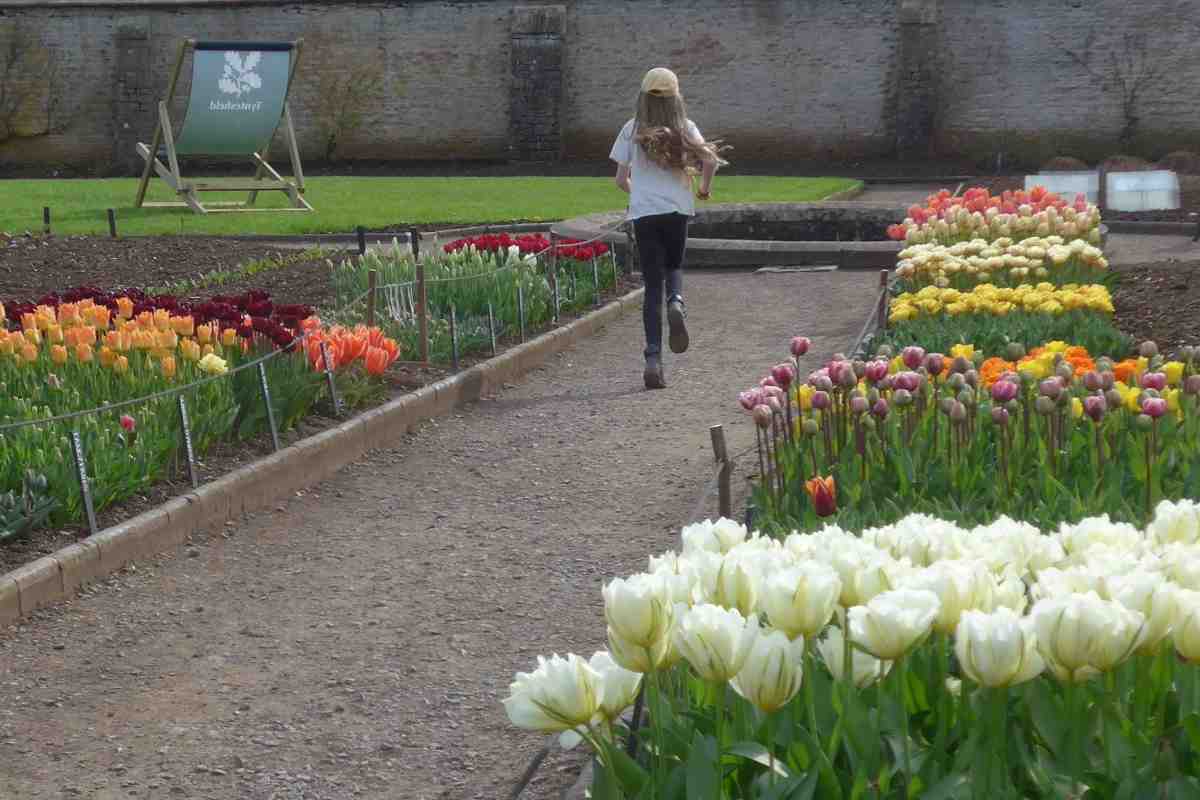
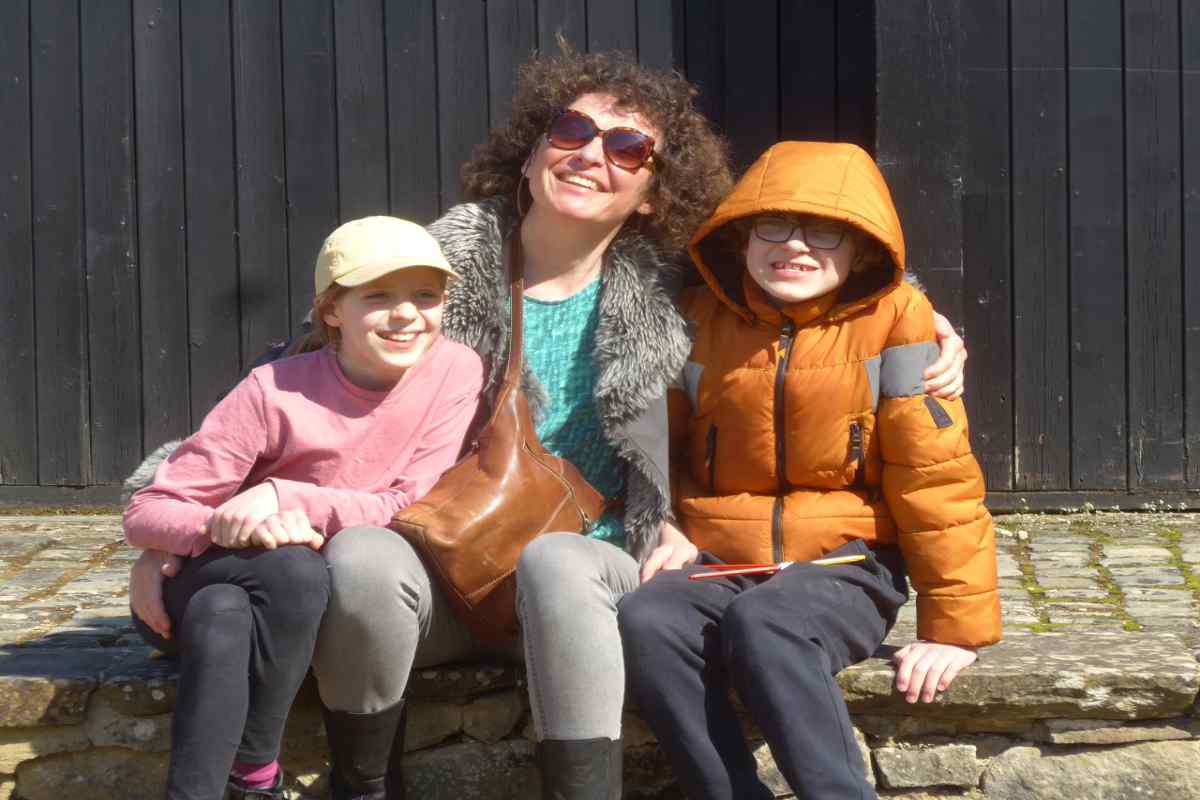
Looking at the maze of channels and lakes on OS Explorer 141 inspired us to visit the Avalon Marshes. Here, between November and the beginning of March, visitors can see the spectacular Ham Wall starling murmurations. We were too late for those, but spotted tufted and shoveller ducks, cormorants, and little grebes, and an eel pass under a bridge. This is a vital piece of conservation infrastructure that helps the young of this critically endangered species to enter the fresh water marshes to feed and grow. When they are mature, up to 20 years later, the pass enables them to make their way back to the Bristol Channel to begin their almost-unbelievable odyssey all the way from Avalon across the Atlantic to breed in the Sargasso Sea near the Bahamas, 4,000 miles away.
Book your stay at YHA Cheddar today.
Read more of Jenny’s blogs.
Discover more about YHA.



